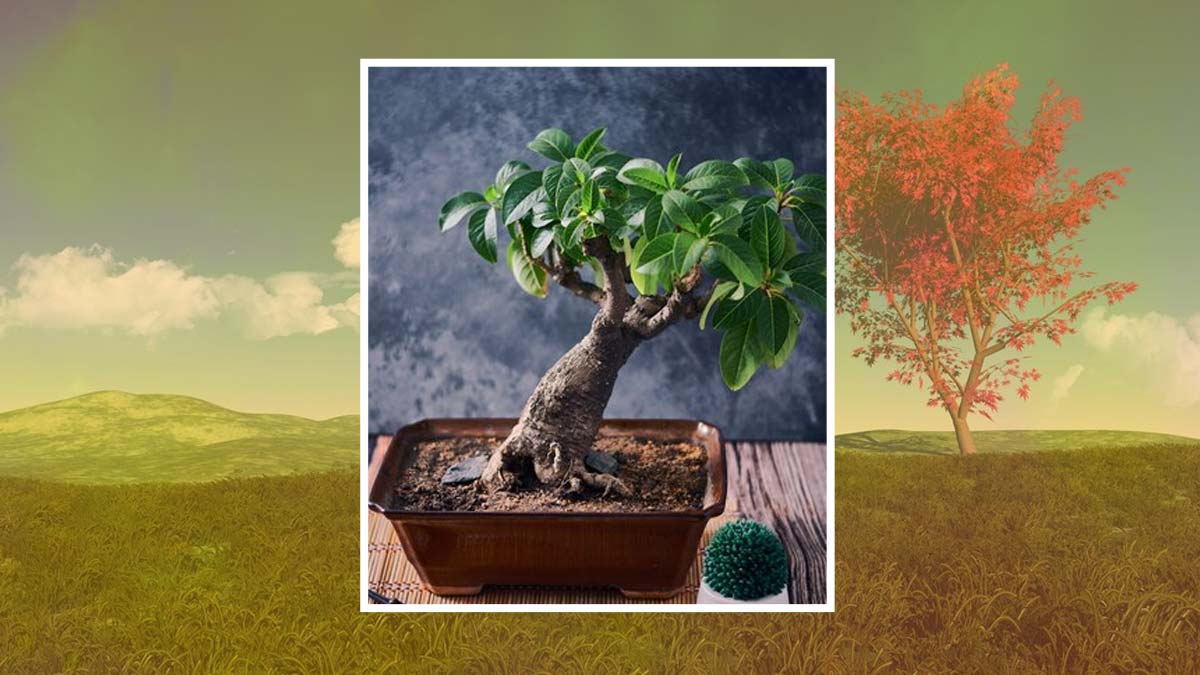Bonsai cultivation reduces stress and promotes mindfulness. It provides a therapeutic escape from daily pressures.
Caring for bonsai trees encourages focus and patience, enhancing mental well-being. The intricate process of pruning and shaping the tiny trees fosters a sense of accomplishment and calm. Engaging in this mindful activity helps individuals disconnect from the fast-paced world, promoting relaxation and mental clarity.
Why Bonsai is Great for Mental Health: Bonsai gardening also offers a creative outlet, allowing for self-expression and artistic satisfaction. These benefits make bonsai an excellent hobby for improving mental health and overall quality of life. As people spend time nurturing their bonsai, they create a tranquil environment that contributes to emotional balance and inner peace.
Table of Contents
The Art Of Bonsai: A Brief Introduction
Bonsai originated in China over a thousand years ago. It then spread to Japan and became popular. The word bonsai means “planted in a container”. It is an art form that combines horticulture and creativity. Early bonsai trees were used in religious ceremonies. They symbolized harmony between man and nature. Today, bonsai is a global hobby, enjoyed by many.
Bonsai trees are living sculptures. They require regular care and attention. This process can be very soothing. Trimming and shaping the trees helps people relax. It also provides a sense of accomplishment. Watching a bonsai tree grow can be very rewarding. Each tree is unique and tells its own story. This connection with nature can improve mental well-being.
Why Bonsai is Great for Mental Health: Connection With Nature In Urban Spaces
Bonsai trees bring nature indoors. They add a touch of green to homes. This small tree can fit in any space. It helps people feel connected to nature. Even in busy cities, bonsai trees create a calm spot at home. Their presence can reduce stress and promote relaxation. Caring for them also brings joy and peace.
Nature has a big impact on mental health. Being around plants improves mood. It reduces feelings of anxiety and depression. Bonsai trees offer these benefits in a small package. They are easy to care for and can live for many years. Watching a bonsai grow can be very rewarding. This connection with nature can help people feel happier and more relaxed.
Mindfulness And The Bonsai Practice
Bonsai requires careful attention and focus. Each step involves patience and dedication. The process helps in improving concentration. Working with Bonsai brings a sense of peace. It allows you to live in the moment. Stress and anxiety reduce with each careful trim and adjustment.
Shaping a Bonsai tree is a meditative act. It involves slow and deliberate movements. This process calms the mind. Each cut and bend brings a sense of accomplishment. It offers a break from daily stress. Creating a beautiful tree from a simple plant is rewarding.
/cdn.vox-cdn.com/uploads/chorus_asset/file/23103731/bonsai_wellness_board_1.jpg)
Credit: www.vox.com
Stress Reduction Through Bonsai Cultivation
Cultivating bonsai trees provides a peaceful, meditative activity that can significantly reduce stress and improve mental health. Engaging with these miniature trees fosters mindfulness and a deep sense of accomplishment.
Therapeutic Effects Of Gardening
Gardening can be very relaxing. It helps people feel calm and happy. Bonsai cultivation is a special kind of gardening. It involves taking care of tiny trees. Watching the trees grow is very soothing. This activity can reduce stress levels. People feel more peaceful when they take care of their bonsai trees.
Bonsai’s Calming Rhythms
The process of pruning and watering bonsai trees is very rhythmic. These actions can be meditative. They help clear the mind. The trees need regular attention. This routine can bring a sense of order. People find comfort in these calming rhythms.
Caring For Bonsai: A Lesson In Patience
Growing a bonsai teaches patience. It grows slowly and needs care. Each day, you see small changes. This reminds us that good things take time. We learn to enjoy the small steps. Watching a bonsai grow helps us to slow down. We begin to appreciate life’s little moments. This practice reduces stress and brings peace.
Bonsai trees are not perfect. Every tree is unique. They have knots and twists. These imperfections make them beautiful. Caring for bonsai teaches us to accept flaws. We learn that imperfection is part of life. This helps us to be kinder to ourselves. We become more forgiving of our own mistakes.

Credit: www.youtube.com
Bonsai As A Tool For Creativity
Bonsai trees allow for unique design and aesthetics. Each tree is a living piece of art. You can shape it as you wish. This fosters creativity. Many people find joy in creating beauty. The process is calming and rewarding. You can try different styles and techniques. The tree’s beauty reflects your vision.
Shaping a bonsai tree is a form of personal expression. Each bend and twist tells a story. It mirrors your feelings and thoughts. This act is therapeutic. Many find peace in the shaping process. The tree becomes a part of you. It evolves as you do. Every cut and prune is a step in your journey. This connection is unique and special.
The Social Aspect Of Bonsai
Joining a bonsai club can be a great way to meet new friends. People share tips and stories about their bonsai trees. This creates a sense of belonging. Everyone learns from each other. It is a supportive environment.
Bonsai exhibitions allow enthusiasts to showcase their work. These events bring people together. They celebrate the beauty and art of bonsai. Attending exhibitions can be inspiring. Seeing different styles and techniques can spark new ideas.
Many cities have local bonsai clubs. These clubs often hold regular meetings. Members exchange knowledge and help each other. Being part of a club can be very rewarding. It provides a sense of community.
Exhibitions offer a platform to display one’s hard work. It feels good to receive appreciation. Exhibitions also allow for networking. One can make connections with other bonsai lovers. This can lead to lasting friendships.
Incorporating Bonsai Into Therapeutic Practices
Horticultural therapy uses plants to improve mental health. Bonsai trees are small and easy to manage. Patients find joy in caring for these trees. This activity helps them relax. It also boosts their mood. The process is simple and calming. Bonsai care can be done at home or in therapy sessions.
Bonsai trees are part of many treatment plans. They help reduce stress. Patients feel a sense of accomplishment. Watching a tree grow can be very satisfying. It teaches patience. Bonsai care improves focus. This helps patients with anxiety or depression. Therapists use bonsai to engage patients. It’s a hands-on activity that everyone enjoys.
Getting Started With Your Own Bonsai
Choosing the right tree is important for beginners. Some trees are easier to care for than others. Ficus trees are great for beginners. They are hardy and adaptable. Juniper and Chinese Elm are also good choices. Make sure to pick a tree that fits your lifestyle. Some trees need more sunlight and water. Others can thrive with less care. Start with a small tree to learn the basics.
Beginner care tips are simple and easy to follow. Water your bonsai regularly but don’t overwater. The soil should be moist, not wet. Place your bonsai where it gets plenty of sunlight. At least four hours of light is good. Prune your tree to maintain its shape. Use sharp scissors for clean cuts. Feed your bonsai with the right fertilizer. Choose one that is balanced and suitable for bonsai. Check for pests and diseases regularly. This keeps your bonsai healthy and strong.
Case Studies: Transformative Stories Of Bonsai Enthusiasts
Bonsai growing has changed many lives. One person, Emily, found peace in caring for her bonsai trees. She struggled with anxiety but felt calm while trimming the tiny leaves. John, another enthusiast, used bonsai to cope with stress. He enjoyed shaping the branches and saw it as a form of meditation. Sarah, a busy professional, found joy in creating her mini forest. It helped her disconnect from work and relax.
Emily shared, “My bonsai trees are my therapy. They help me breathe.” John said, “Trimming my bonsai is like calming my mind.” Sarah added, “Creating my mini forest is pure joy. It disconnects me from stress.” These personal stories highlight the strong bond between bonsai and mental health. Each person found a unique way to heal through this ancient art.

Credit: www.vox.com
Frequently Asked Questions
Is Bonsai Good For Mental Health?
Yes, bonsai is good for mental health. Caring for bonsai reduces stress, enhances focus, and promotes relaxation. It fosters mindfulness and creativity.
Do Bonsai Trees Have Health Benefits?
Yes, bonsai trees can improve indoor air quality and reduce stress. Caring for them promotes relaxation and mindfulness.
What Is So Special About Bonsai?
Bonsai trees are miniature, artistic versions of full-sized trees. They symbolize harmony, patience, and nature’s beauty. Each bonsai is unique, requiring dedicated care and skill. These living sculptures bring tranquility and elegance to any space.
What Is The Significance Of Bonsai?
Bonsai signifies harmony, balance, and a deep connection to nature. It promotes patience, creativity, and stress relief. Cultivating bonsai trees is a meditative practice that fosters mindfulness and relaxation.
Conclusion
Caring for bonsai can significantly improve mental health. It offers relaxation, reduces stress, and enhances mindfulness. Engaging with these miniature trees fosters a sense of accomplishment and patience. Incorporating bonsai into your routine can create a peaceful environment, boosting overall well-being.
Start your bonsai journey today to enjoy its mental health benefits.

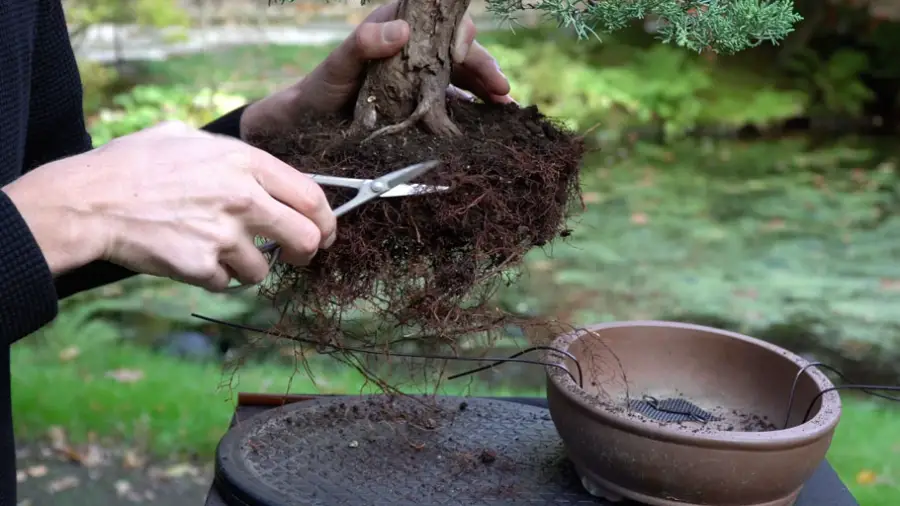








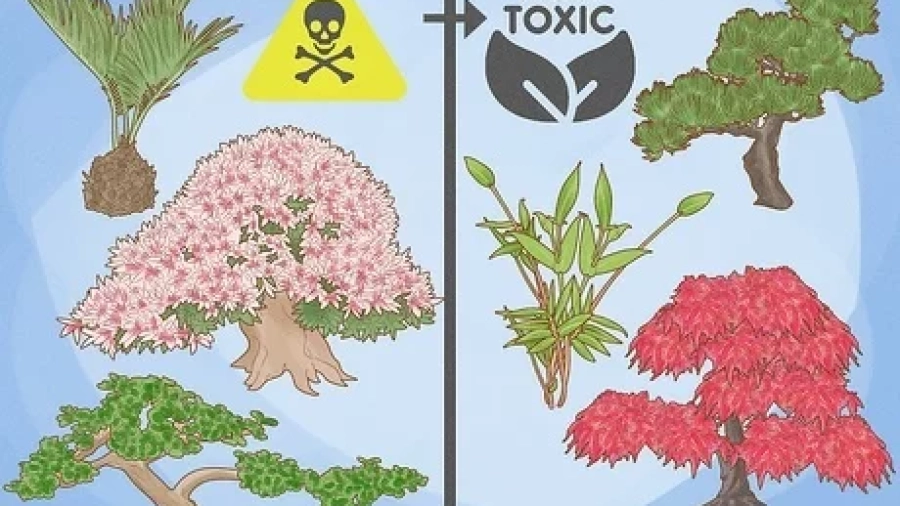



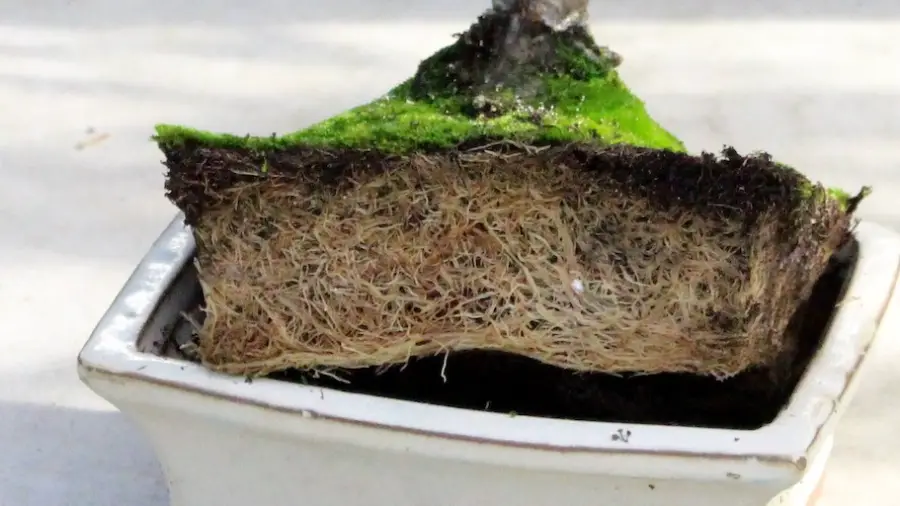



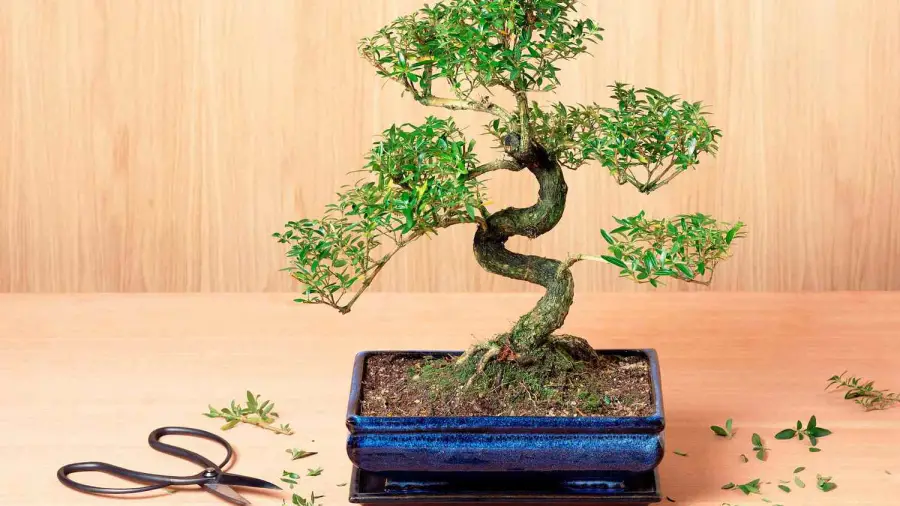
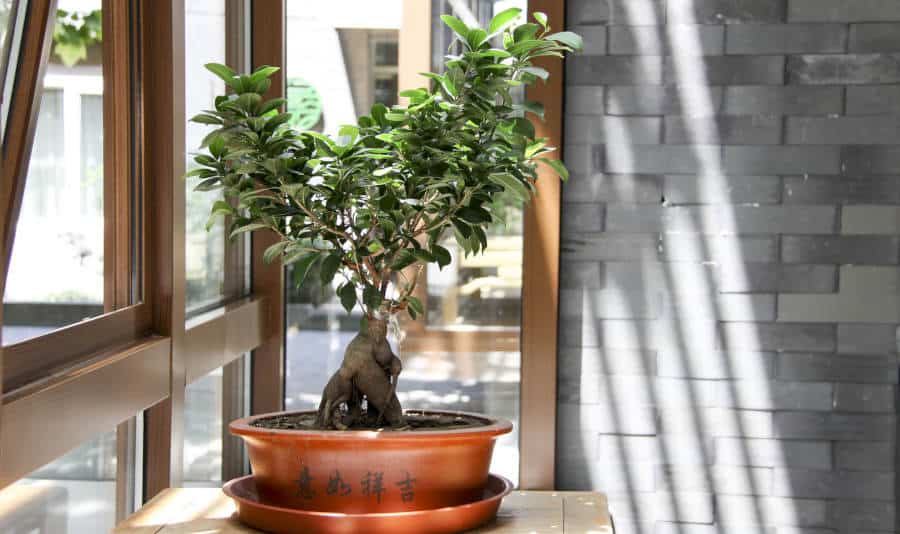
:max_bytes(150000):strip_icc()/ML_Grow_Bonsai-8-2000-54d3d1a7424b4359b44e52383f40b834.jpg)










